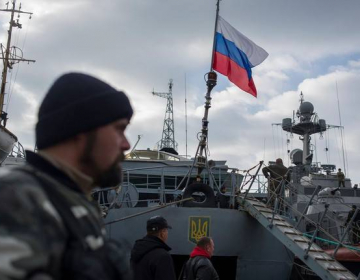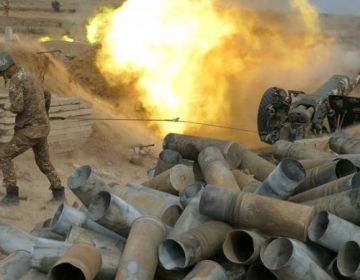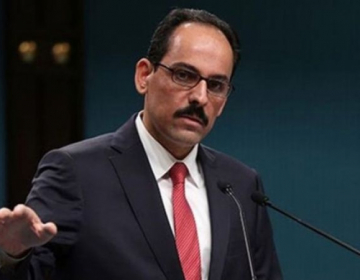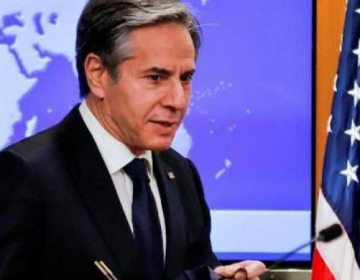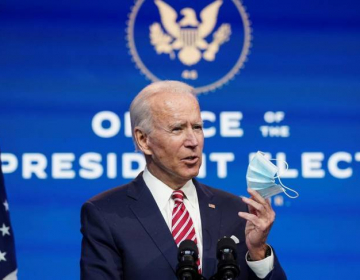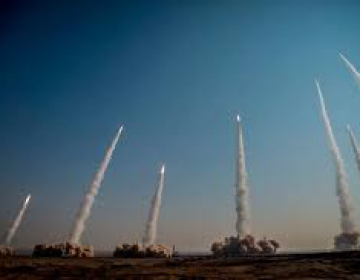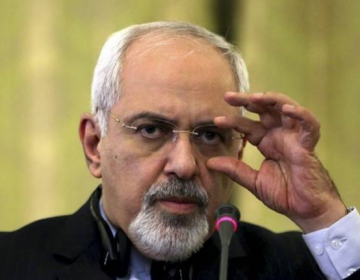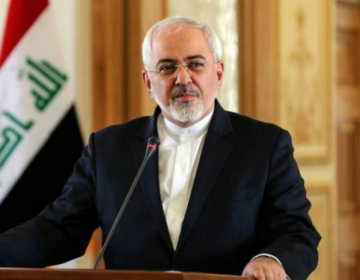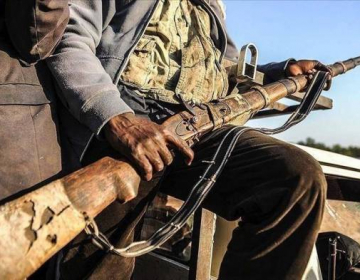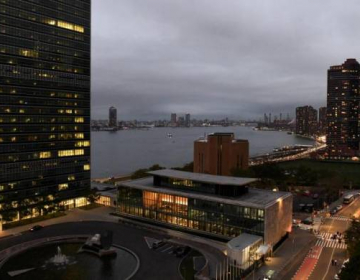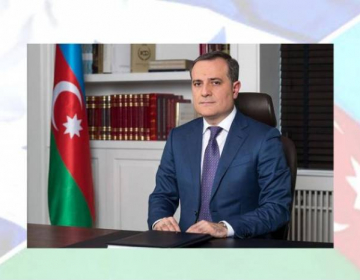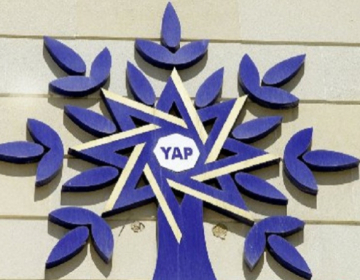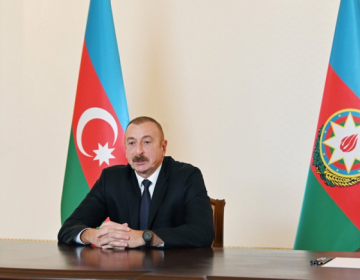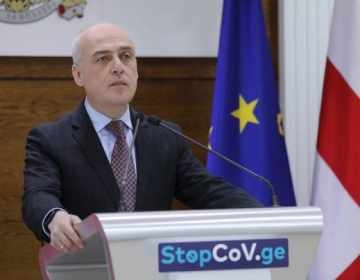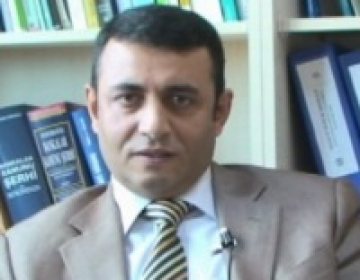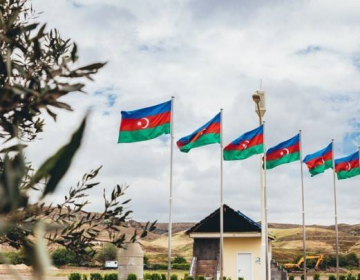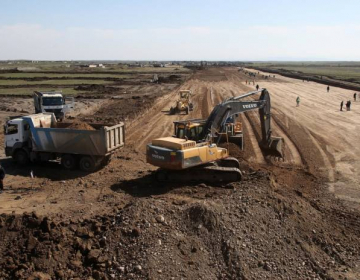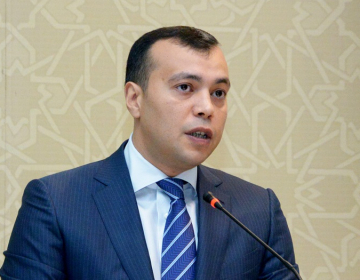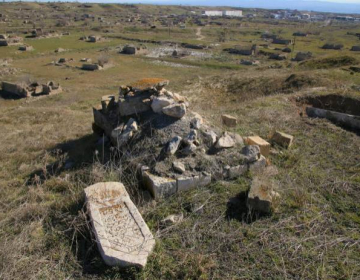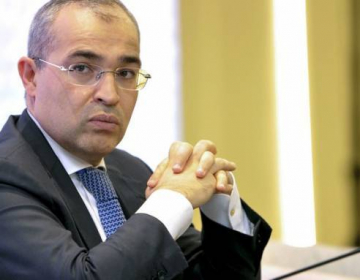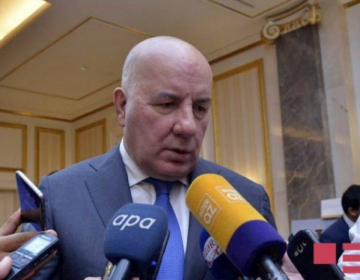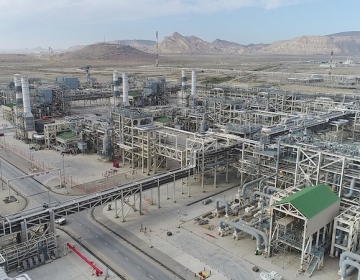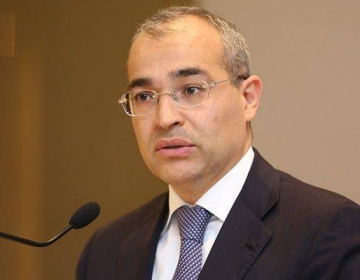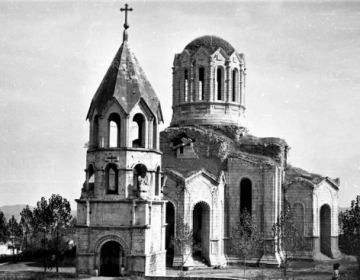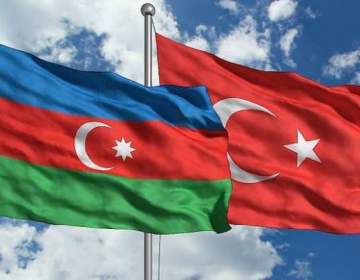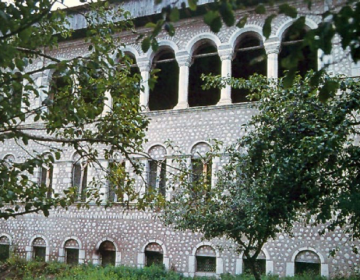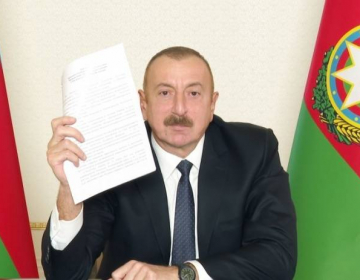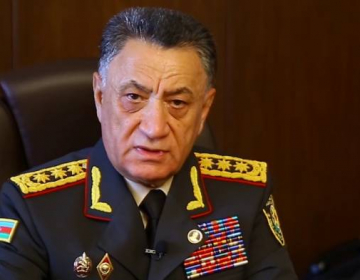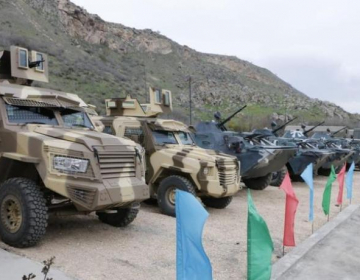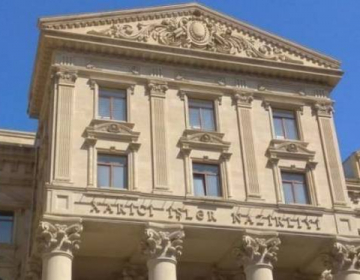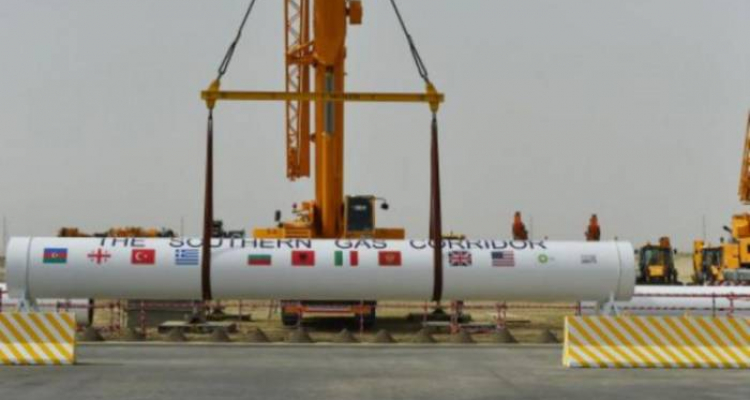 Ariel Cohen
Ariel Cohen
Forbes
The long-awaited Southern Gas Corridor (SGC) project officially began operating on the last day of 2020, as Azerbaijani oil and gas company SOCAR reported the first commercial gas delivery from the Azeri Shah Deniz offshore field to Italy’s Melendugno point on the Adriatic coast. The 3500 km-long pipeline project consists of three sub-pipeline routes – the South Caucasus Pipeline Expansion (SCPX), the Trans-Anatolian Pipeline (TANAP) and the Trans Adriatic Pipeline (TAP) and will deliver 16 billion cubic meters of gas per year (bcma). Of this volume, Turkey will get 6 bcm and Europe will get 10 bcm.

Since its announcement by the Azeri government in 2013, the SGC project has been touted as a much needed energy diversity project for Europe, which is majorly dependent on Russian supplies both in natural gas and in oil. Almost three quarters of the EU's natural gas imports (40%) and nearly one-third (30%) of the Union’s crude oil imports came from Russia in Q1 of 2020.
Specifically, through TAP, the SGC will deliver more than 10 bcm of gas annually to European countries in the next 25 years. Of this 10 bcm, 8 bcm will be exported to Italy, while 2 bcm will be exported equally to Greece and Bulgaria, and the rest to the surrounding markets.
According to the Former Minister of Economy, Energy and Tourism of Bulgaria Mr. Assen Vassilev:
“The completion of the SGC can be a major development for gas diversification not only for South Eastern Europe, but for the EU in general. In addition to the traditional supply from Gazprom, gas from Azerbaijan is already flowing via the TAP pipeline. However, the SGC holds the potential for major further diversification of EU gas supplies, because it opens up the ability to quickly deliver gas from the planned Eastern Mediterranean fields and from LNG terminals in Greece and Turkey.”
While there is a certain excitement surrounding the milestone SGC, change will not come overnight. Geopolitical developments suggest that Russia still holds key political strings in its hands – such as the ceasefire it brokered between Armenia and Azerbaijan – which can be pulled if necessary.
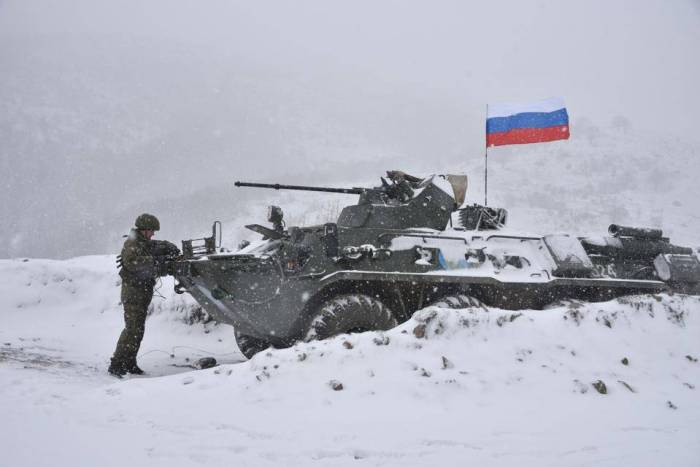
For now, Southeastern European countries like Greece, Bulgaria, and Serbia are expected to benefit greatly. The SGC reaches Europe through TAP, sending gas to interconnector lines that branch through the region along the way — many of which are reverse-flow enabled.
On December 31st, the Azeri gas entered Greece via the Nea Mesimvria interconnection point where TAP connects with the Greek national transmission network. Bulgaria also received its first Azeri gas through the existing gas link that connects it with Greece: the Kula-Sidirokastro pipeline. A recently published report states that future Azeri gas is also expected to flow via the Bulgaria-Greece Interconnector (IGB) once it becomes operational in July 2021.
Thanks to this comprehensive interconnector network, Balkan countries will be able to reduce their gas imports from Russia and simultaneously give them leverage to negotiate prices with Gazprom. Currently Bulgaria relies on Russia for 2.3 bcm (80%) of its gas imports, but signed a long term agreement with Azerbaijan for 1 bcm of direct gas deliveries.
With the launch of the SGC, Europe’s regional interconnector lines may open up another source of gas diversification for the southeast: liquified natural gas (LNG). Speaking to ICIS about the launch of SGC, the Bulgaria-Greece interconnector project company CEO and Executive Director Teodora Georgieva said the IGB’s launch is not entirely related to Azeri gas and they expect that the IGB will be instrumental in transportation of natural gas from a variety of sources, including LNG.
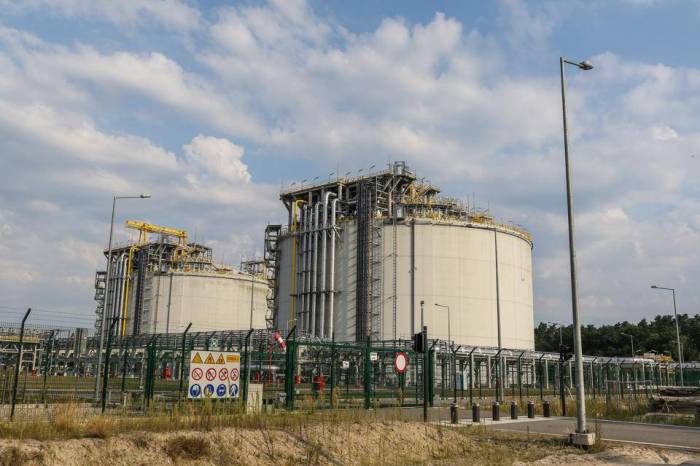
In 2019, the EU imported 108 bcm of LNG which is more than a quarter of total gas inflows to the Union. The main LNG suppliers of Europe last year were Qatar (28%), Russia (20%) and the US (16%). In line with the rising share of LNG in the EU’s energy mix, liquified gas import infrastructure is also ramping up. On January 1st, Croatia’s first LNG import facility, LNG Hrvatska, started its commercial operations. Greece is also planning for an LNG terminal at Alexandroupolis (with estimated annual 6.1 bcm capacity), which will include Bulgaria and North Macedonia in its project development as future stakeholders. The delivery of gas through these LNG terminals will be carried out via the interconnector lines.
Dry and liquified gas from the Eastern Mediterranean, which includes supplies from Israel, Cyprus, and Egypt, will also be finding its way into Europe and the Middle East as these countries figure out the best business project to capture their significant reserves. The East Med gas will become a significant factor in the European market mix as Chevron CVX +0.9% has entered the fray by buying Noble Energy NBL 0.0% .
These LNG projects and interconnection lines are expected to work hand-in-hand to supplement the gas deliveries of the SGC. The SGC also offers the prospect of “potential additional suppliers of natural gas to use the Southern Gas Corridor to further diversify natural gas supplies to Europe and to other countries; and encourage discussions to ship additional gas supplies to Europe” according to the Council of the European Union.
SGC is hailed as a crucial project to diversify the EU’s gas supply. Yet, our analysis so far has not moved beyond Italy, Greece, and Balkan countries. Thus far the project does not offer any major prospects for Western European markets further north. From the market price point of view, the project will bring competitive prices to Turkey and the southeast European countries but not to the rest of the EU.
Due to tariff costs and the wholesale gas price drops sweeping through Europe for the past year or so, the SGC’s penetration into Western Europe and even into Italy may be challenging, leaving the Russian gas as the usual dominant player in the region.
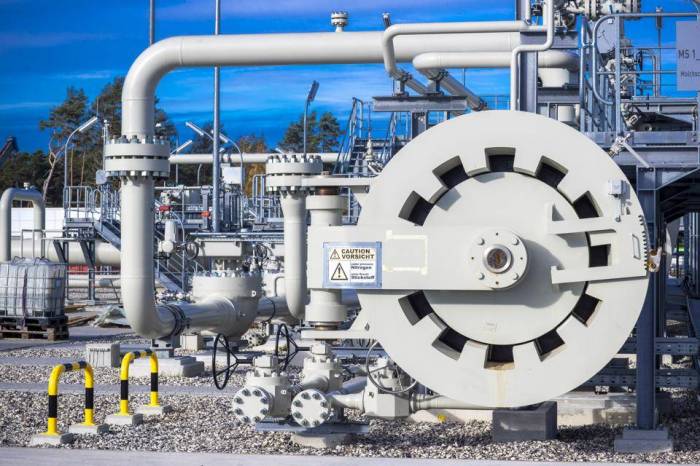
The SGC may crack open the flood-gates of non-Russian gas supply to the EU. With the indirect opportunities that come with it, like increasing interconnection infrastructure and the potential of other regional gas suppliers to join the corridor, the project is exciting particularly for Southeastern Europe. It is also encouraging for further LNG terminal projects in the region. Yet, from the market point of view, the SGC’s reach is short for major consumers like Germany or France on the other side of the continent.
pia.az

